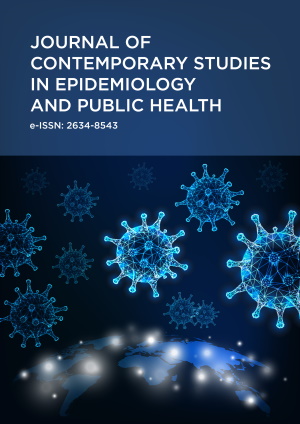Abstract
Introduction: Since December 29, 2019 a pandemic of novel coronavirus-infected pneumonia named COVID-19 has started from Wuhan (China) and cases have been imported worldwide, in Algeria, the first case reported on February 25, 2020.
Methods: It is crucial to estimate the cases number growth in the early stages of the outbreak, to this end; we have implemented the Alg-COVID-19 Model, which allows predicting the incidence and the reproduction number R0 in the coming months in order to help decision makers. The initial equation (1) estimates the cumulative cases at (t) prediction time using two parameters: the reproduction number (R0) and the serial interval (SI).
Results: We found R0=2.55 (95% CI 2.17–2.92) based on actual incidence of the first 26 days, using the serial interval SI= 4,4 and the prediction time t=26. The herd immunity HI estimated is HI=61%. Also, The predictions fits closely the actual incidence during the first 26 days of the epidemic in Algeria which allows us to use it.
According to Alg-COVID-19 Model, the number of cases will exceed 5000 on the 42nd day (April 7th) and it will double to 10000 on 46th day of the epidemic (April 11th), thus, exponential phase will begin and increases continuously until reaching a herd immunity of 61% unless serious preventive measures are considered.
Discussion: This model is valid only when the majority of the population is vulnerable to COVID-19 infection, however, it can be updated to fit the new parameters values.
Keywords
License
This is an open access article distributed under the Creative Commons Attribution License which permits unrestricted use, distribution, and reproduction in any medium, provided the original work is properly cited.
Article Type: Original Article
J CONTEMP STUD EPIDEMIOL PUBLIC HEALTH, Volume 1, Issue 1, 2020, Article No: ep20004
https://doi.org/10.30935/jconseph/8451
Publication date: 04 Aug 2020
Article Views: 2512
Article Downloads: 1508
Open Access References How to cite this article
 Full Text (PDF)
Full Text (PDF)